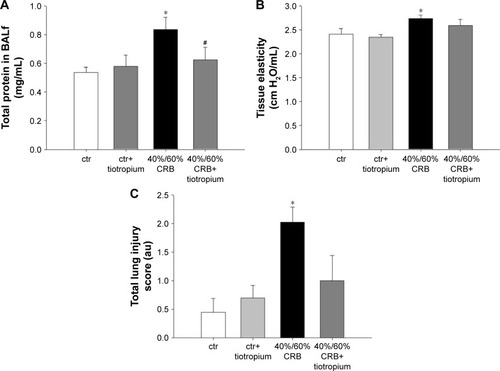Figures & data
Table 1 Effect of tiotropium on respiratory system mechanics after 6 h of 40% IRB
Figure 1 The effect of tiotropium bromide on lung inflammation following 40% of IRB.
Notes: Tiotropium inhalation prior to 40% of IRB significantly attenuated the increase in the total cell count in BALf (A), by reducing both macrophage and neutrophil numbers (C). Tissue protein levels of IL-1β and IL-6 returned to ctr values following tiotropium inhalation (B and D, respectively). Data presented as mean ± SEM. White bar, ctr; gray bar, ctr plus tiotropium; black bar, 40% of IRB and dark gray bar, 40% of IRB plus tiotropium. *P<0.05 to ctr and #P<0.05 to 40% of IRB. n=5–8 per group.
Abbreviations: IRB, inspiratory resistive breathing; BALf, bronchoalveolar lavage fluid; ctr, control; SEM, standard error of the mean.
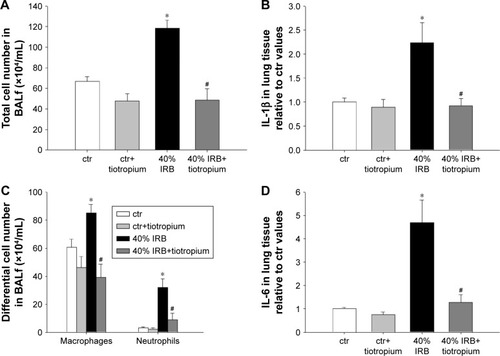
Figure 2 The effect of tiotropium bromide on lung permeability and injury following 40% of IRB.
Abbreviations: IRB, inspiratory resistive breathing; BALf, bronchoalveolar lavage fluid; SEM, standard error of the mean; ctr, control; au, arbitrary unit.
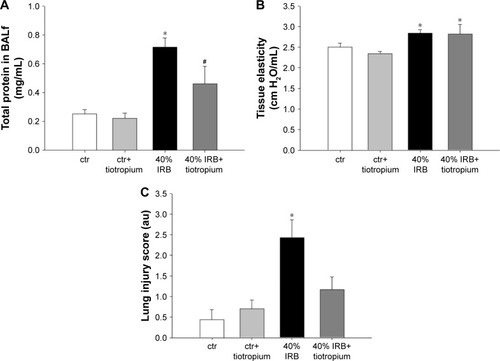
Table 2 Effect of tiotropium on respiratory system mechanics after 6 h of 50% IRB
Figure 3 The effect of tiotropium bromide on lung inflammation following 50% of IRB.
Notes: Total and macrophage counts in BALf were not affected by tiotropium inhalation prior to 50% of IRB, while neutrophil numbers were reduced by tiotropium, although remained elevated compared to ctr (A and C). Both IL-1β and IL-6 levels returned to ctr values after inhalation of tiotropium (B and D). Data presented as mean ± SEM. White bar, ctr; gray bar, ctr plus tiotropium; black bar, 50% of IRB and dark gray bar, 50% of IRB plus tiotropium. *P<0.05 to ctr and #P<0.05 to 50% of IRB. n=5–8 per group.
Abbreviations: IRB, inspiratory resistive breathing; BALf, bronchoalveolar lavage fluid; ctr, control; SEM, standard error of the mean.
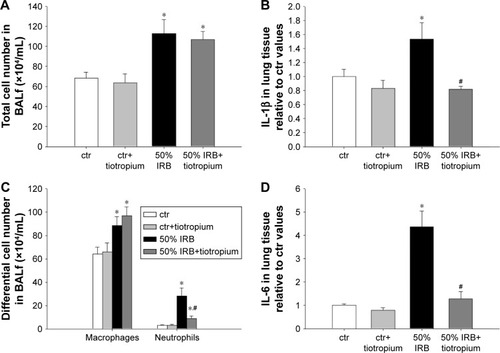
Figure 4 The effect of tiotropium bromide on lung permeability and injury following 50% of IRB.
Abbreviations: IRB, inspiratory resistive breathing; BALf, bronchoalveolar lavage fluid; SEM, standard error of the mean; ctr, control; au, arbitrary unit.
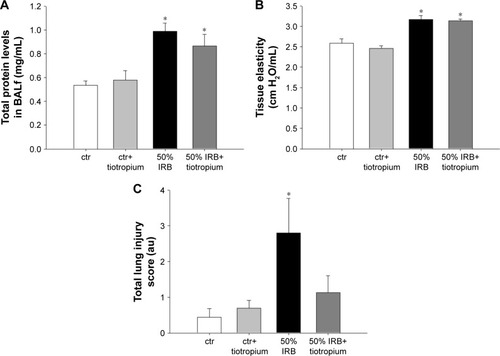
Table 3 Effect of tiotropium on respiratory system mechanics after 6 h of 60% ERB
Figure 5 The effect of tiotropium bromide on lung inflammation following 60% of ERB.
Notes: Macrophage count in BALf remained reduced compared to ctr after tiotropium inhalation. Instead, the increase in neutrophil number after 60% of ERB was attenuated by tiotropium (C), resulting in an overall reduction of total cell number (A). Tissue protein levels of both IL-1β and IL-6 returned to ctr values following tiotropium inhalation (B and D). Data presented as mean ± SEM. White bar, ctr; gray bar, ctr plus tiotropium; black bar, 60% of ERB and dark gray bar, 60% of ERB plus tiotropium. *P<0.05 to ctr and #P<0.05 to 60% of ERB. n=5–8 per group.
Abbreviations: ERB, expiratory resistive breathing; BALf, bronchoalveolar lavage fluid; IL, Interleukin; ctr, control; SEM, standard error of the mean.
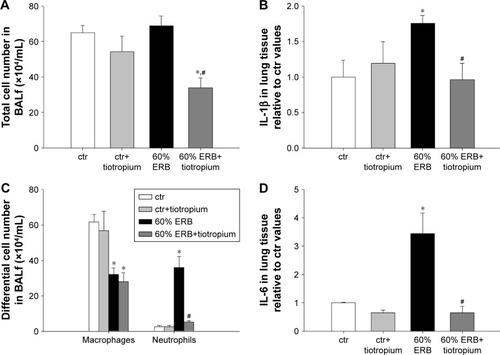
Figure 6 The effect of tiotropium bromide on lung permeability and injury following 60% of ERB.
Abbreviations: ERB, expiratory resistive breathing; BALf, bronchoalveolar lavage fluid; SEM, standard error of the mean; ctr, control; au, arbitrary unit.
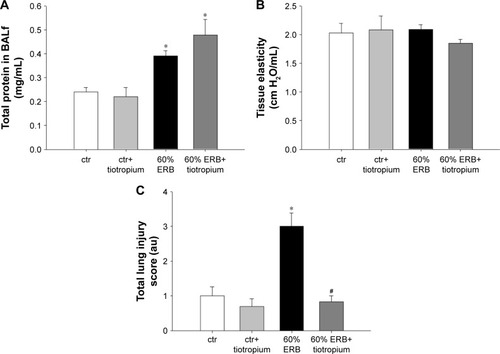
Table 4 Effect of tiotropium on respiratory system mechanics after 6 h of 40%/60% CRB
Figure 7 The effect of tiotropium bromide on lung inflammation following 40%/60% of CRB.
Notes: Tiotropium inhalation prior to 40%/60% of CRB significantly attenuated the increase in total cell number in BALf (A), by reducing both macrophage and neutrophil counts (C). Tissue protein levels of IL-1β and IL-6 returned to ctr values following tiotropium inhalation (B and D). Data presented as mean ± SEM. White bar, ctr; gray bar, ctr plus tiotropium; black bar, 40%/60% of CRB and dark gray bar, 40%/60% of CRB plus tiotropium. *P<0.05 to ctr and #P<0.05 to 40%/60% of CRB. n=5–8 per group.
Abbreviations: CRB, combined resistive breathing; BALf, bronchoalveolar lavage fluid; ctr, control; SEM, standard error of the mean.
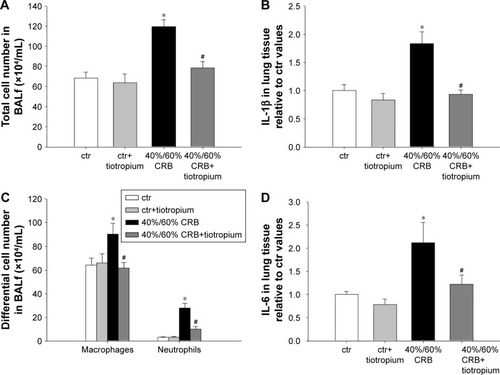
Figure 8 The effect of tiotropium bromide on lung permeability and injury following 40%/60% of CRB.
Abbreviations: CRB, combined resistive breathing; BALf, bronchoalveolar lavage fluid; SEM, standard error of the mean; ctr, control; au, arbitrary unit.
